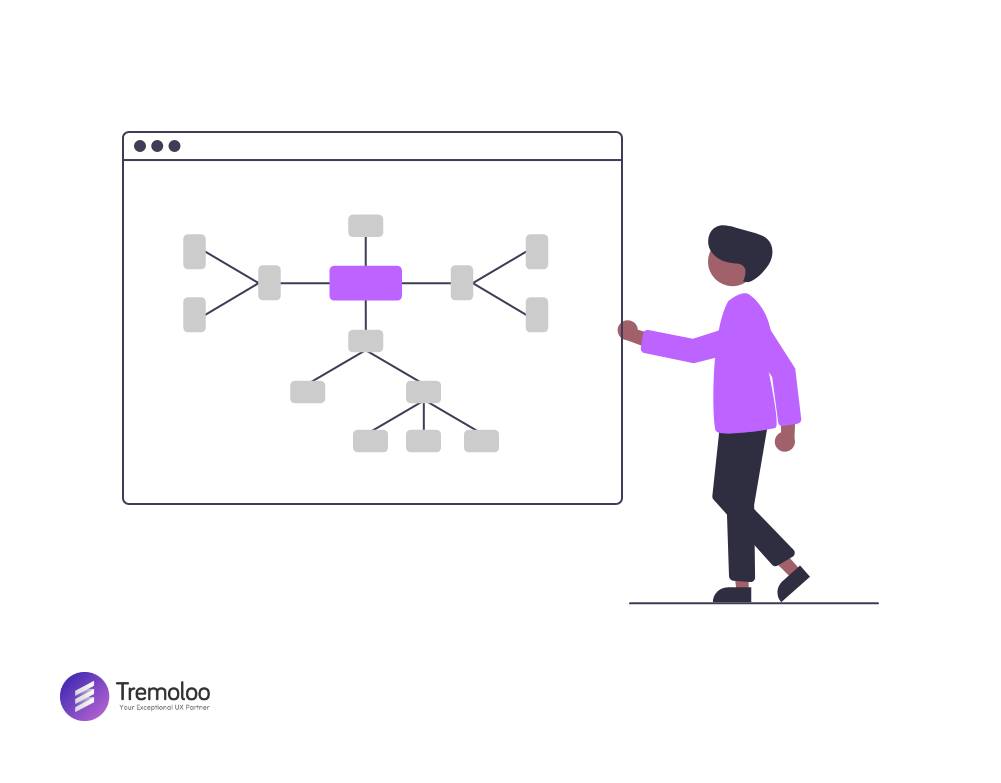
What is design thinking?
The definition is divided into two parts.
The first being just a mindset: it’s an ideology of approaching every problem in a user-centered way. It’s that simple. The complexity comes in the second part of that definition which is the six-step process that most people know.
These six steps are only there to help you practice that ideology of user-centered design.
What are these six steps?
The first step is Empathize.
You want to pull qualitative data like user interviews, direct observation, contextual inquiry, diary studies… and understand what your real user’s need is.
Then we get to Step 2: Defining.
A lot of people like to think about coming up with ideas in the opposite way: come up with a ton of different ideas and then narrow.
Design thinking flips this on its head. It says let’s come up and define the problem before we even consider the situations.
This is step 2, the definition of the problem: what user needs you and your team want to satisfy.
Once you know the problem statement from step 2, we bring that into Step 3: Ideation.
This is when we start to consider the wide range of potential solutions. We generate crazy, wild ideas and then slowly start to narrow them down.
So once we have all of these ideas from step 3 we move them to step 4: Prototyping.
This is when our ideas start to manifest for the first time. We can test them with end users and we can start to repeat until they’re at a place where they represent what the end product may be.
Step 5: Testing.
Testing ideas to make sure that the user knows how to use them and that they truly resonate with their needs.
Step 6: “Design Doing” of the “design thinking”.
You have to implement that idea. Put the vision into effect so that it actually touches an end user’s life.
Design Thinking benefits extend far beyond the process itself.
- It fosters collaboration.
- It helps create design artifacts you can return to
- Most importantly it gives you a tangible way to always make sure that you’re keeping the user at the center of your products.



